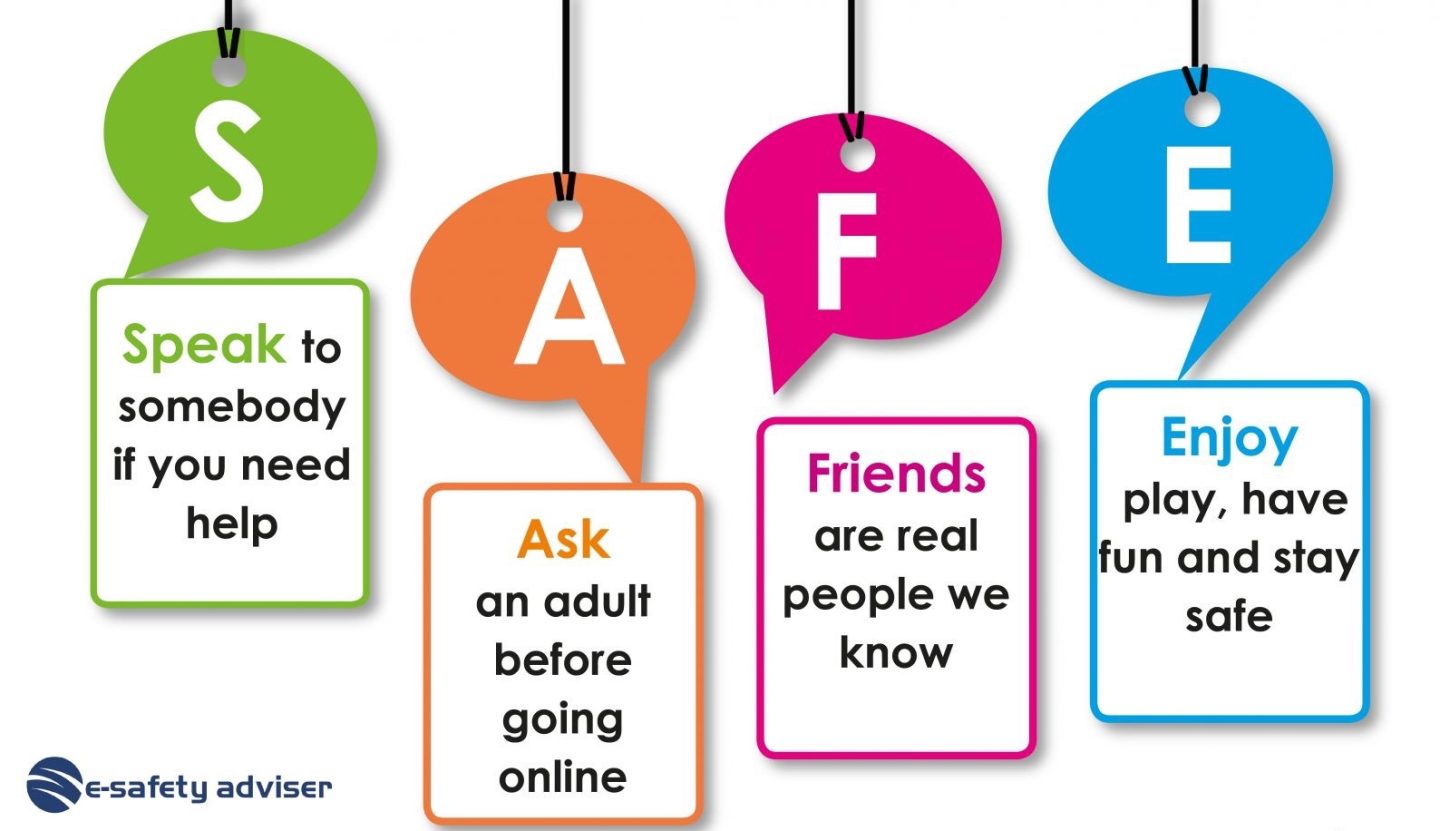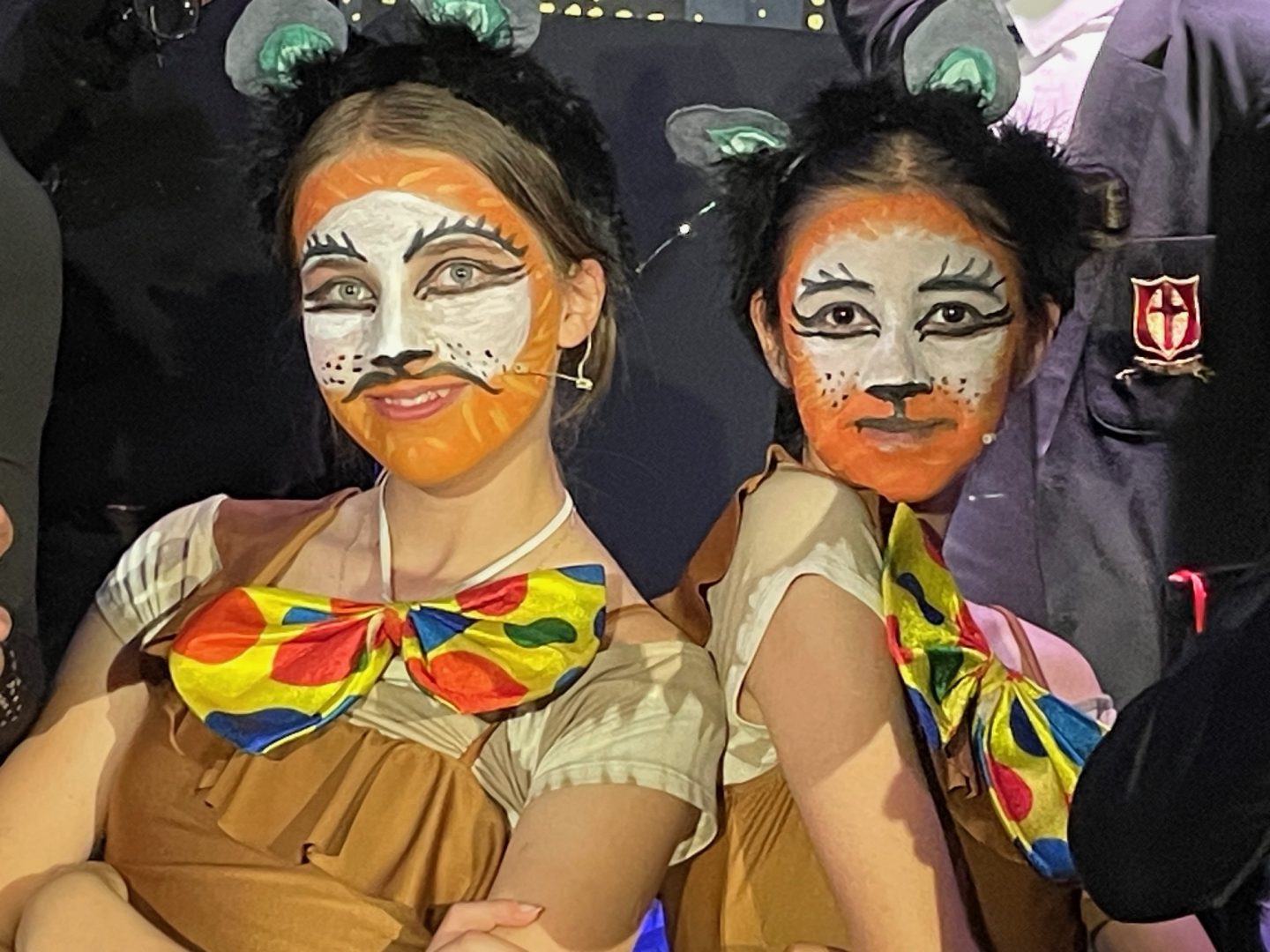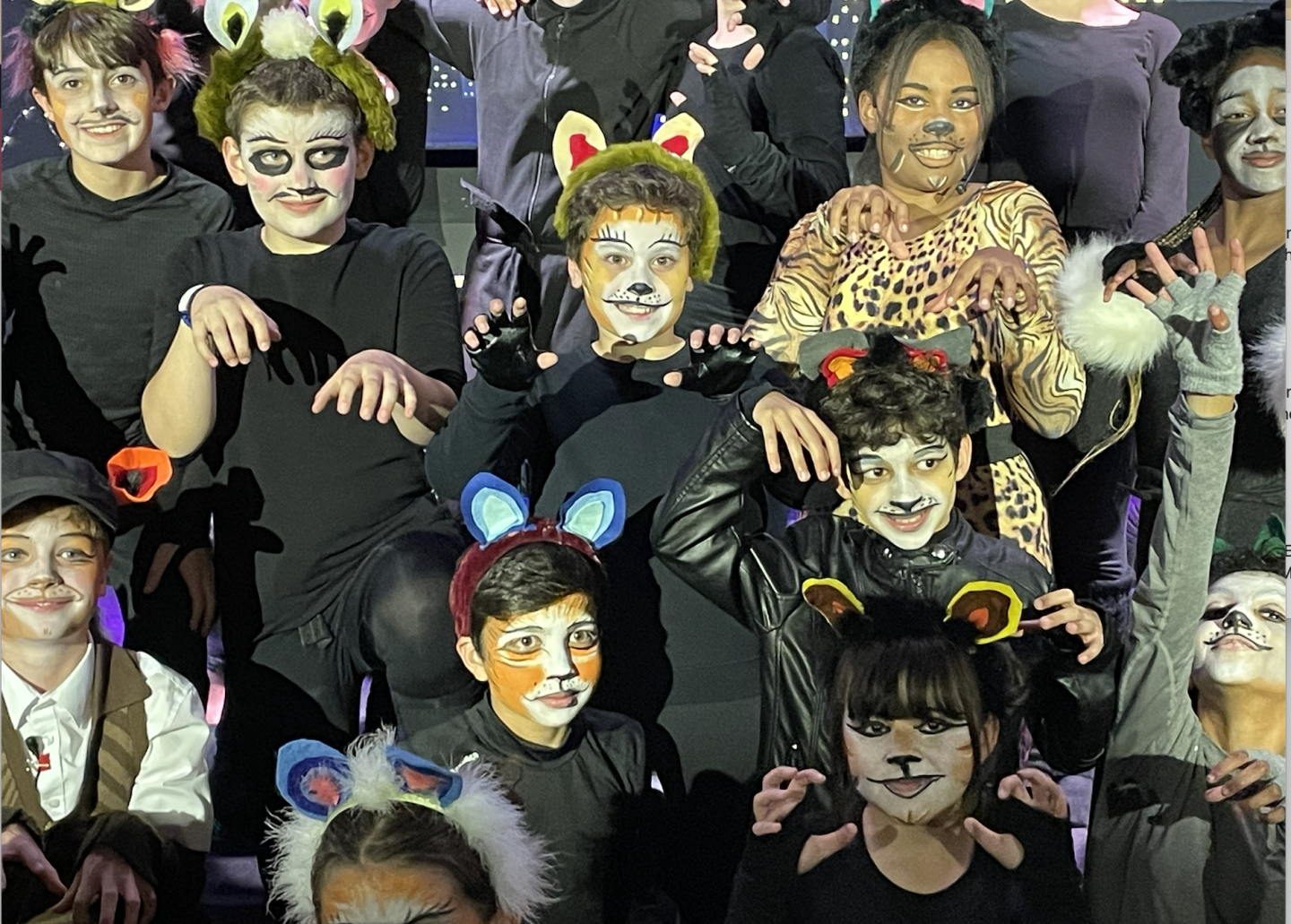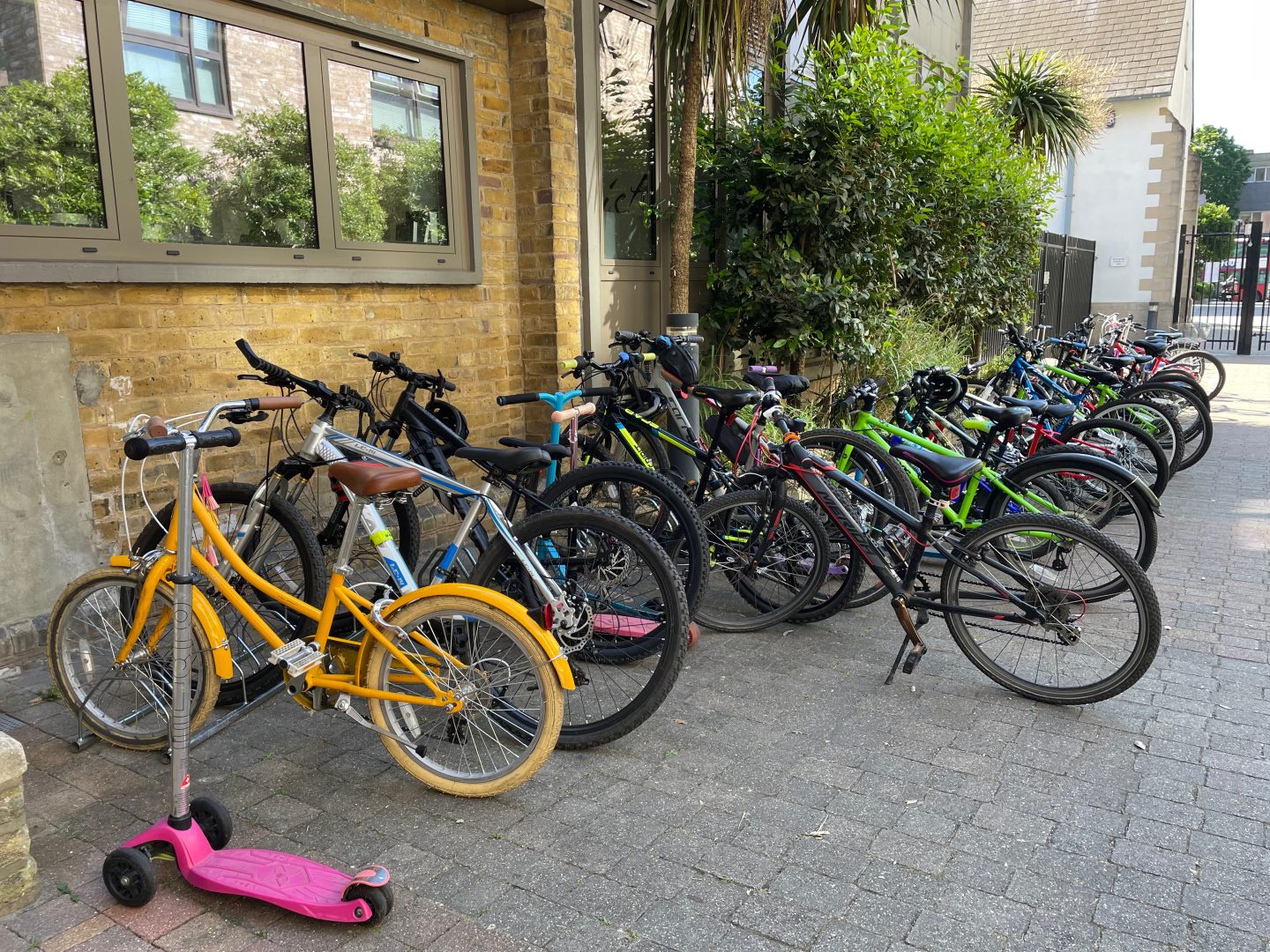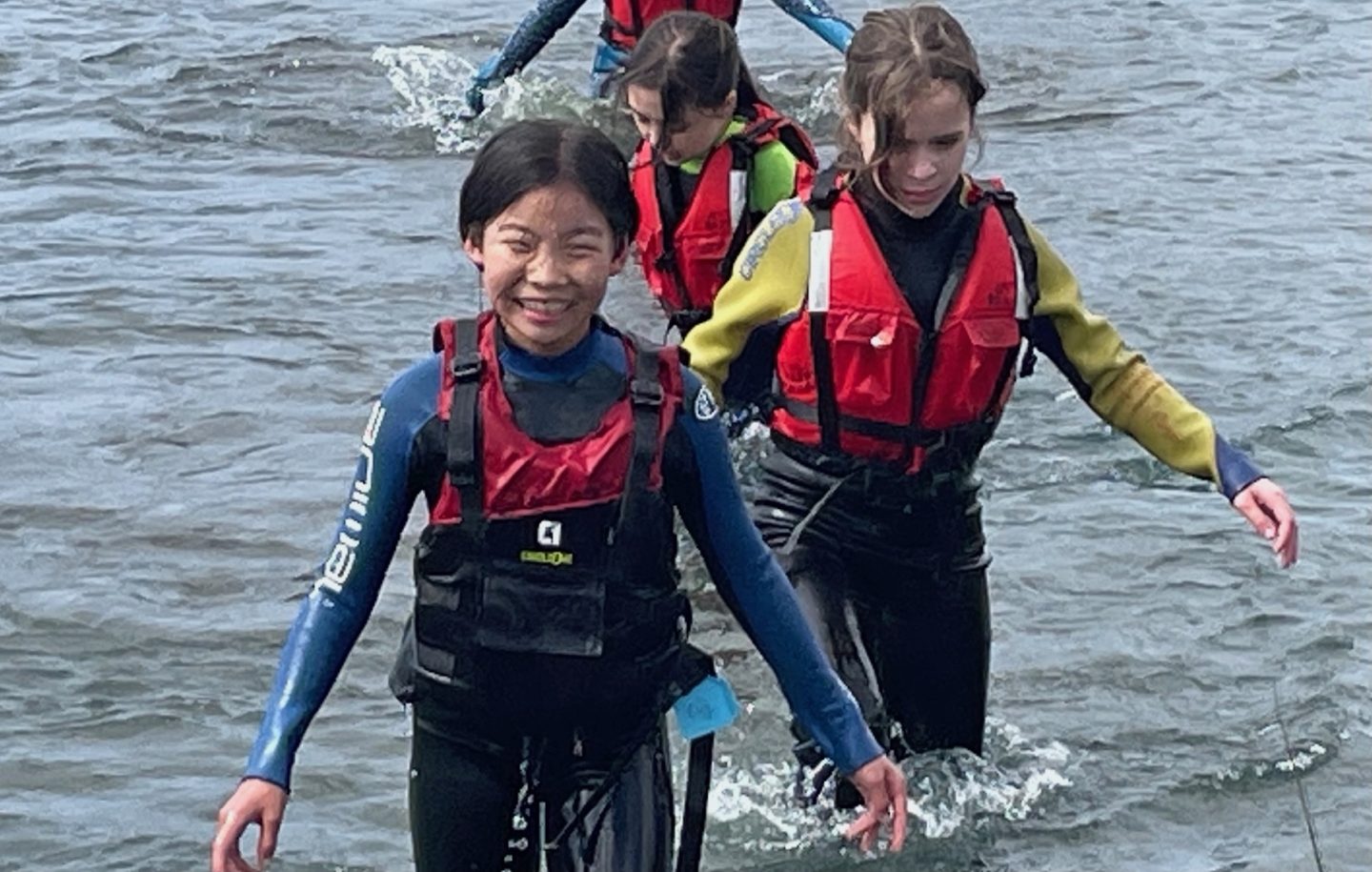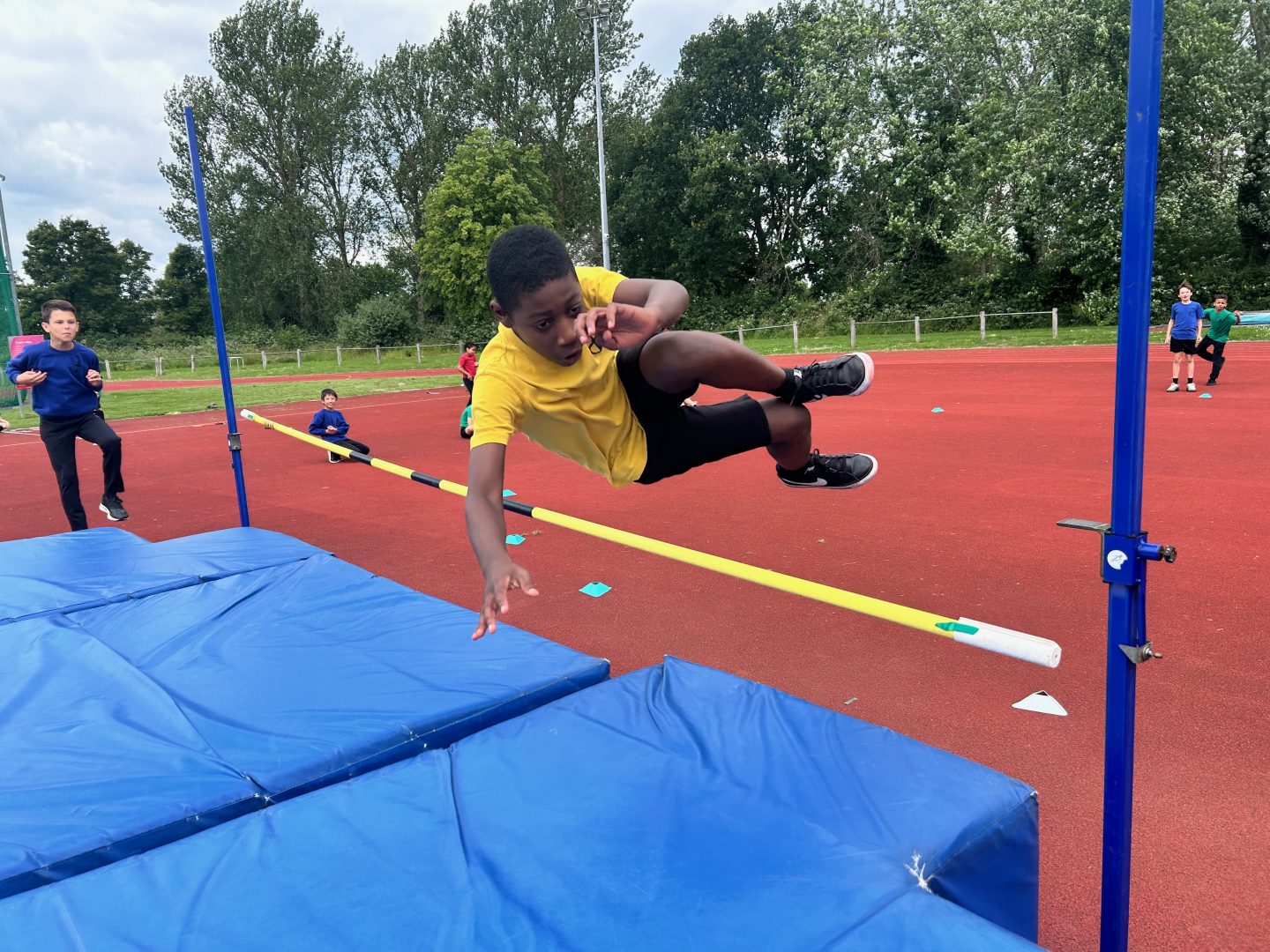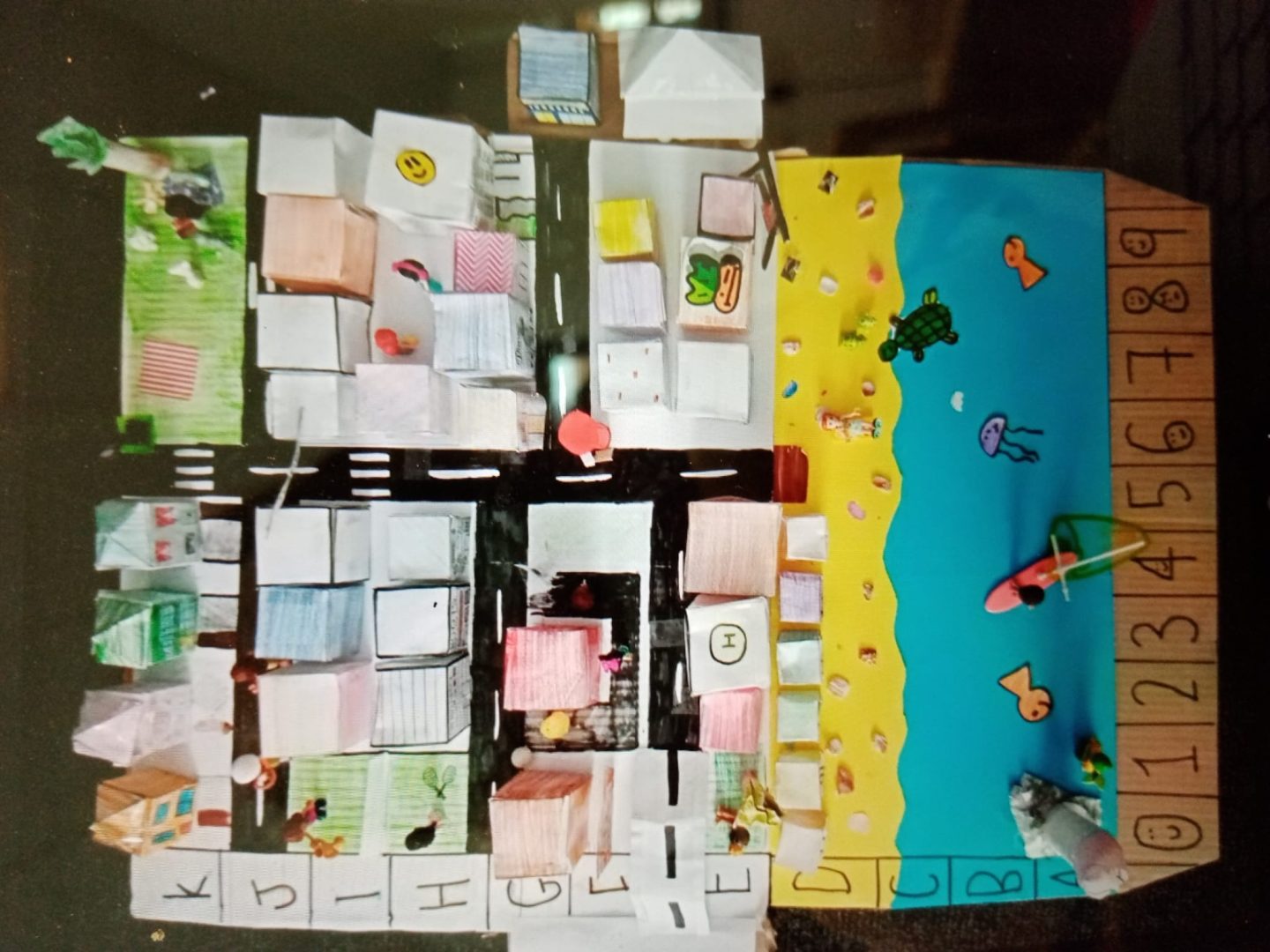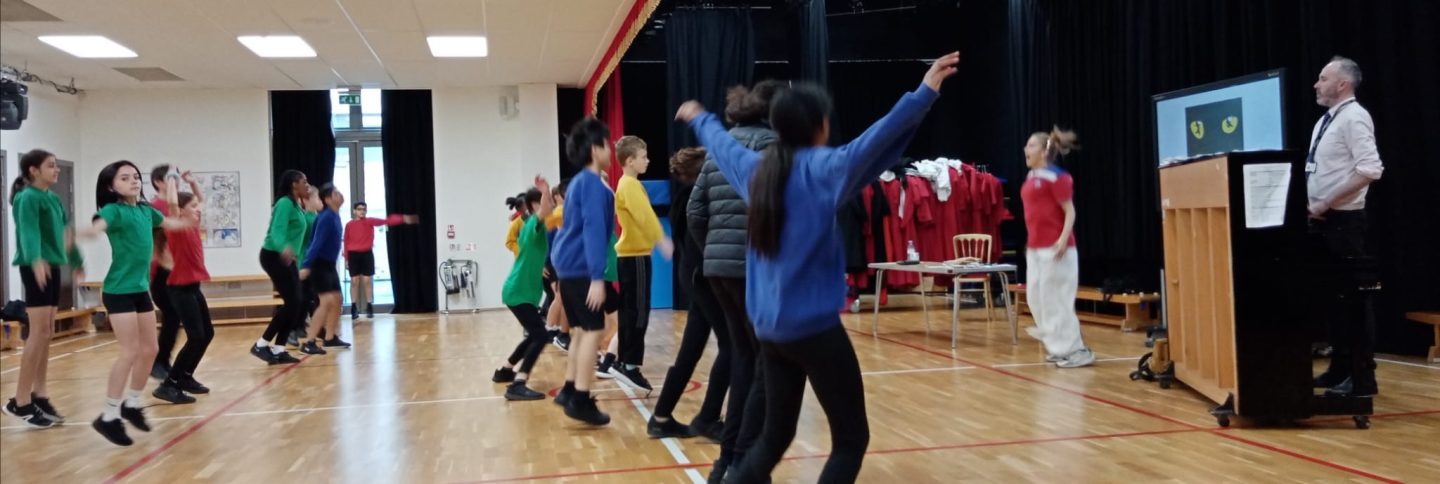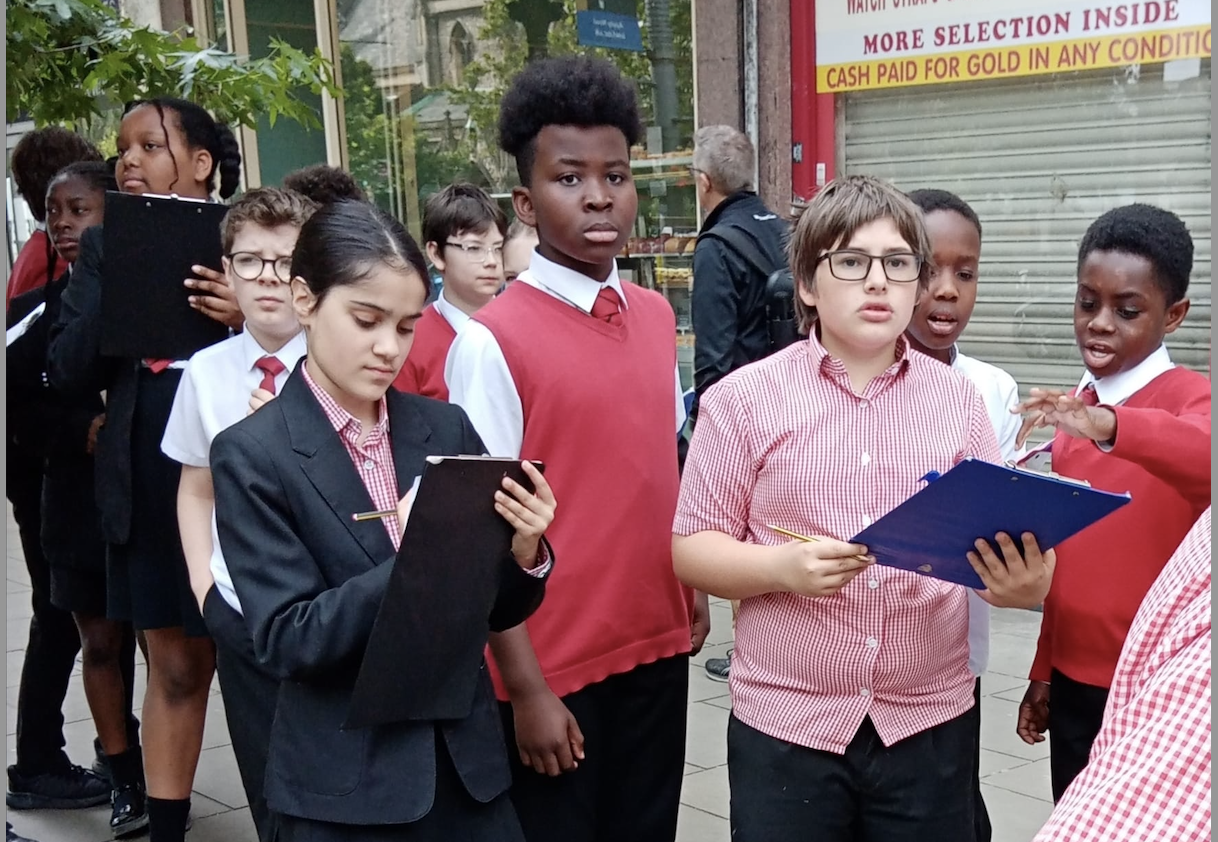Implementation
At CtS, Reading and Writing are closely linked and taught through a selection of rich, core texts, dictated by the core texts map.
Reading consists of the following areas:
- Word Reading
- Vocabulary and Language
- Inference
- Comprehension
Early Word Reading Skills
The systematic teaching of phonics is central to our approach to teaching reading. Phonics is a way of developing the ability to read quickly and accurately and in Early Years and Year 1, it is taught every day to give our children a solid foundation in their decoding skills.
Our youngest learners develop their very early reading skills in our language-rich environments, with a curriculum that provides rich opportunities to listen to and engage actively in a wide range of stories, rhymes and songs.
The teaching of phonics continues into Year 1 to ensure that our children’s decoding skills are fully embedded.
Our children are taught to:
- identify and recognise that each individual letter makes its own sound;
- identify the sounds that different combinations of letters make- such as ‘sh’ or ‘ay’;
- blend these sounds together from left to right to make a word.
Developing Reading Skills: Vocabulary, Inference and Comprehension
As well as the teaching of phonics, we begin to develop our children’s early comprehension skills through the use of quality core texts read in English and other areas of the curriculum. We use a range of active teaching strategies to support our children in their understanding of the texts they have read in class.
In Year 2, our children continue to develop their comprehension skills and by the end of Key Stage 1, they are able to:
- draw on knowledge of a broad vocabulary to understand texts they have read;
- identify characters and sequence key events from fiction texts;
- decipher information from non fiction texts;
- make simple inferences and explain these;
- make predictions about texts from book covers and titles.
Reading continues to be taught through a whole class approach using a core quality text as a stimulus. The use of these texts link reading and writing together, creating contextualised and dynamic English lessons. Reading is taught as an integral part of our English lesson to ensure that our children continue to build on their comprehension skills whilst also building up their stamina and pace at which they read age appropriate and challenging texts.
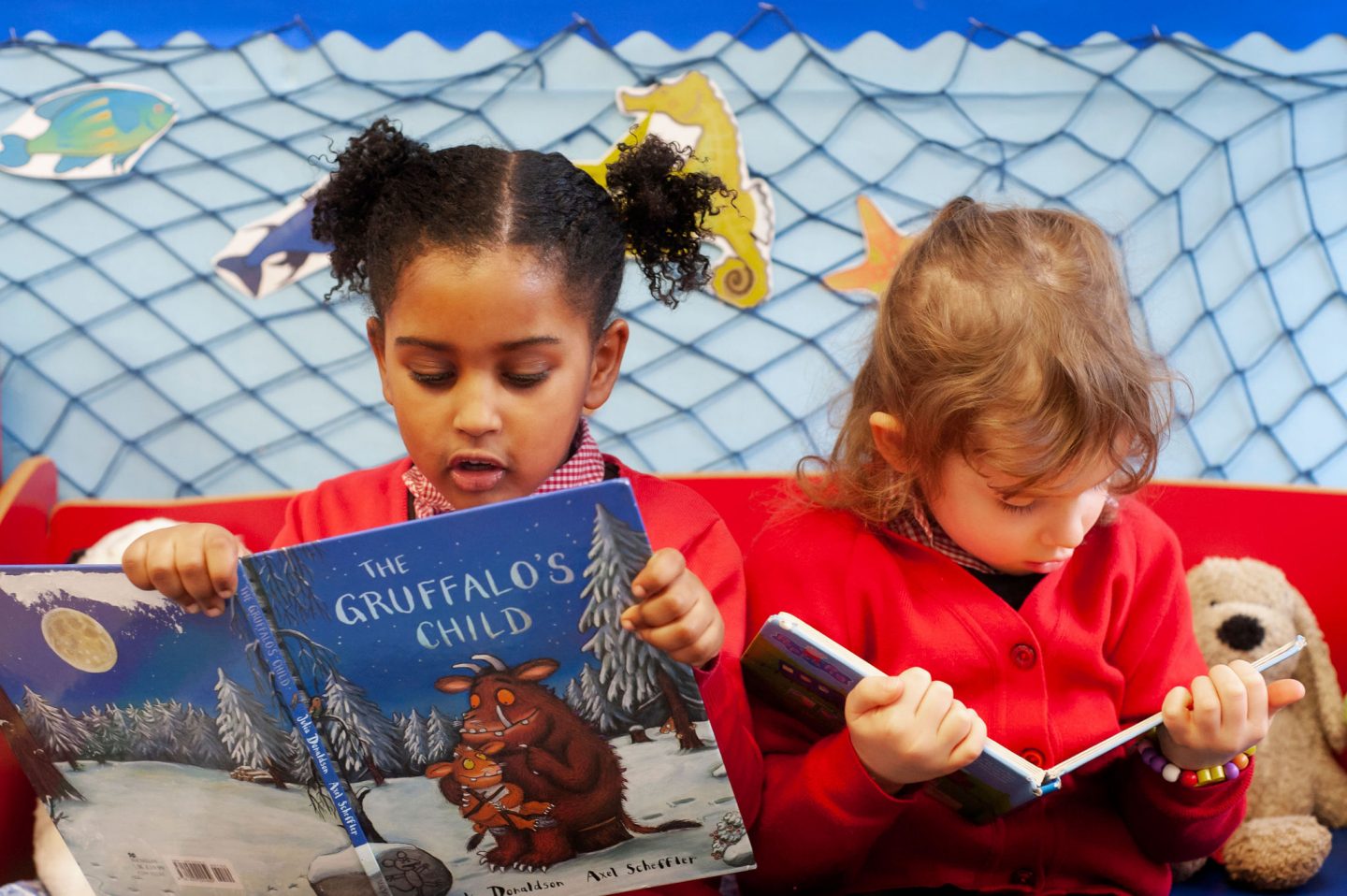
By the end of Key Stage 2, our children have to been taught to:
- explain meanings of new words in context;
- locate, retrieve and record key information;
- summarise main ideas from the text;
- make inferences from what they have read and justify with evidence from the text;
- make predictions from key details, some of which may be implied;
- make comparisons within texts and across texts;
- understand and explain how content within the text can contribute towards understanding the meaning of the whole text.
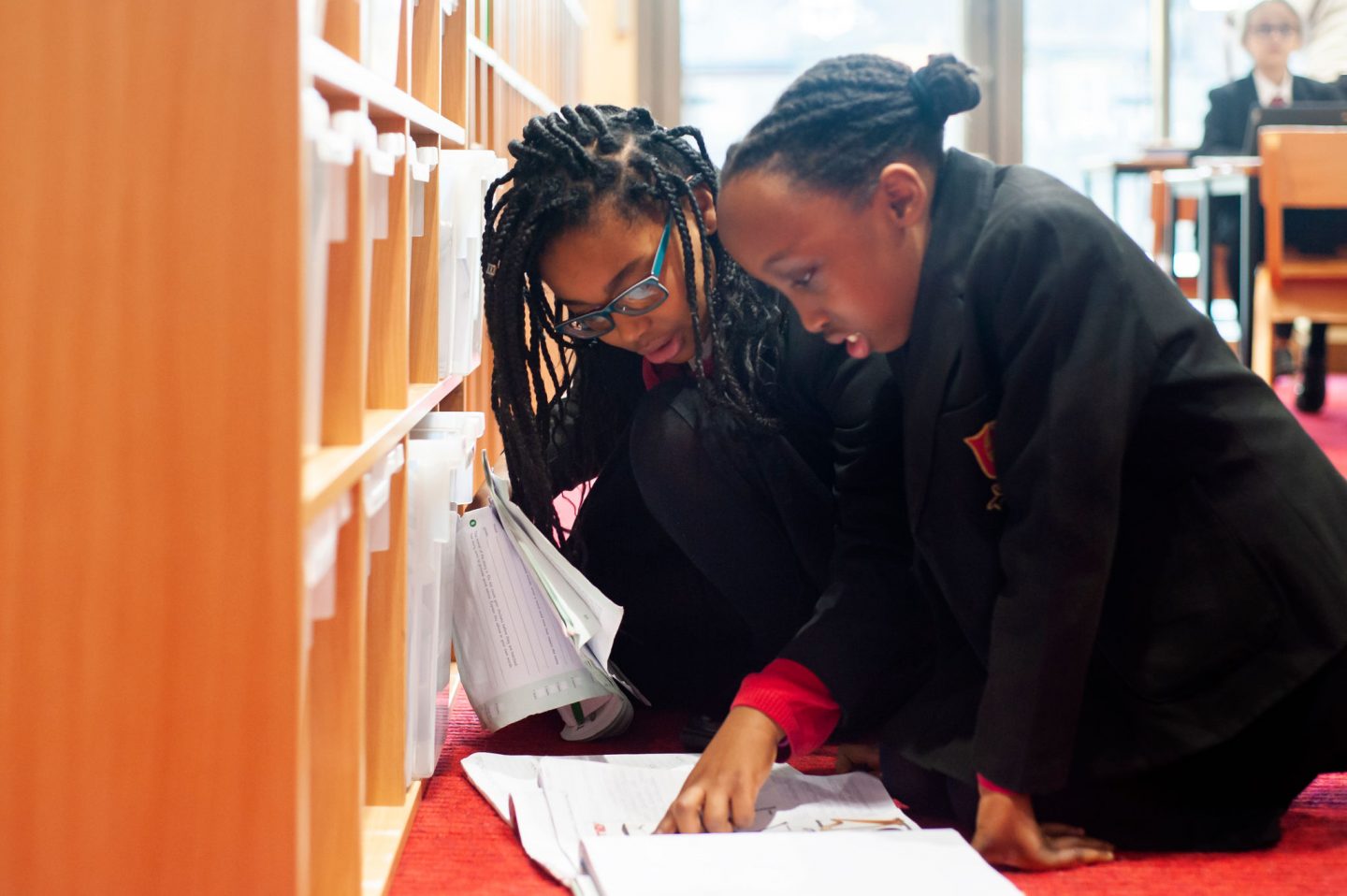
For the Love of Reading
Our love for Reading is celebrated and given high priority at our school. Our children are given the opportunity to read across all subjects in the curriculum and are often given time to read independently during the school day. Author visits, library trips, World Book Day celebrations, reading competitions and buddy reading are just some of the activities our children engage in to inspire their reading and writing.
Throughout the school, dynamic and engaging reading displays and book corners promote a love of reading and encourage our children to read for pleasure.
We believe our families play a vital role in the development of reading and writing skills and foster a strong home-school partnership using reading diaries as a tool for communication between class teachers and parents.
Reading with your Child: A Helpful Guide



